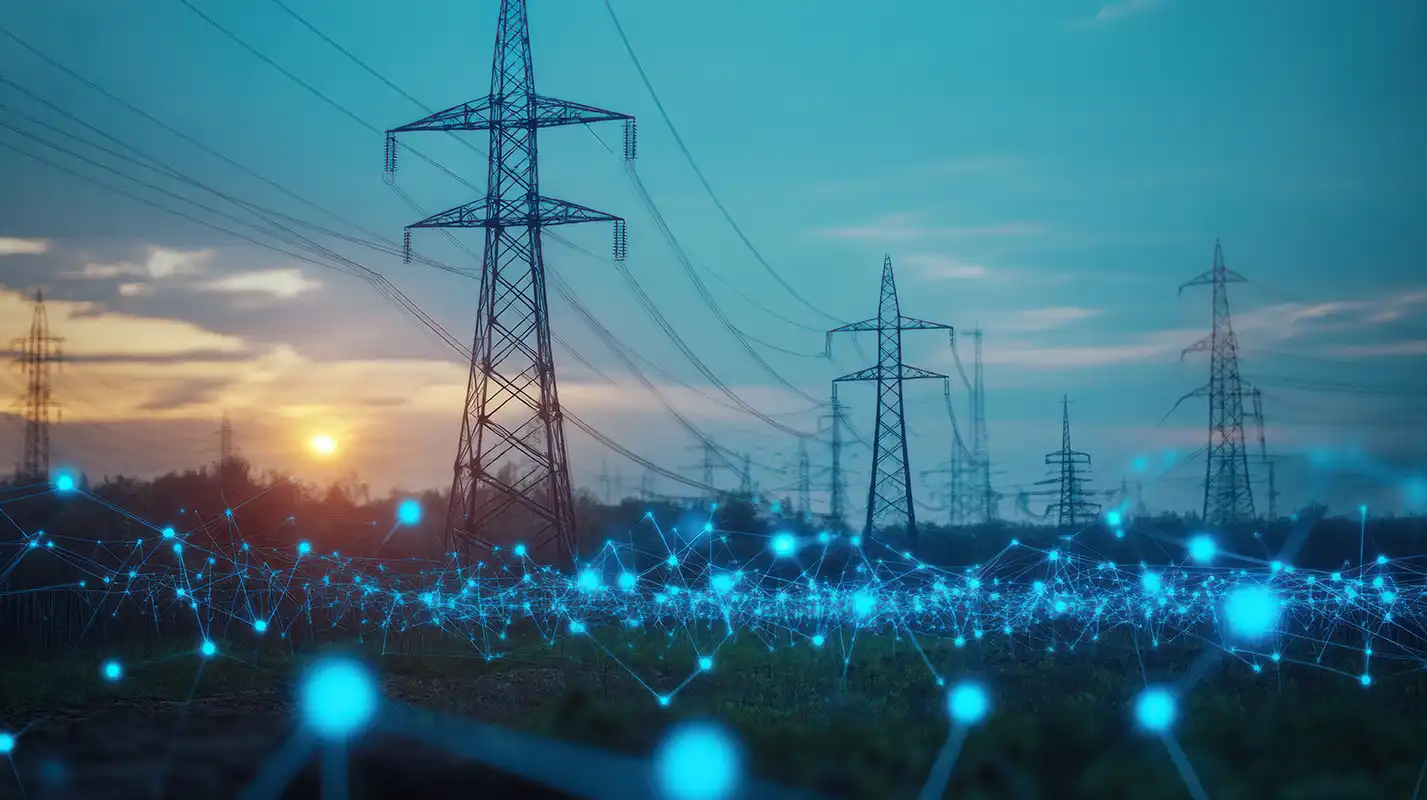
DNAi
High throughput eDNA processing using artificial intelligence for ecosystem monitoring
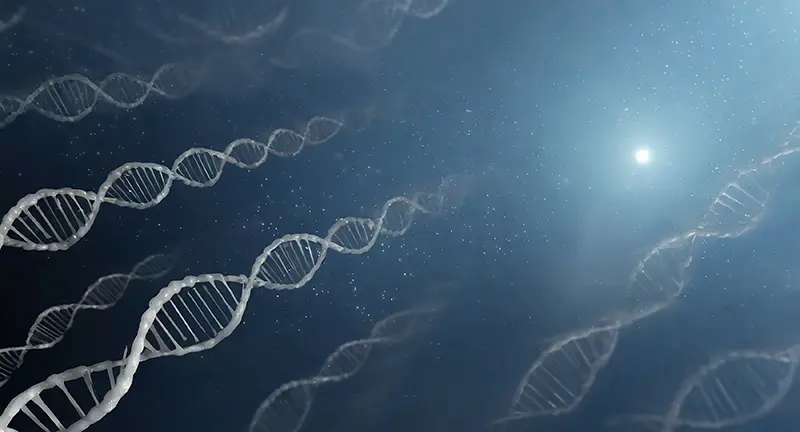
Abstract
The current biodiversity crisis demands novel approaches to monitor how human activities influence the biosphere. The rapid development of ‘omics’ tools, in particular the metabarcoding of environmental DNA (eDNA), has opened a new area of comprehensive biodiversity data generation across many regions of the world. Yet, the development of efficient data processing pipelines has not matched the exponential increase in size and quality of ‘omics’ data, which limits the application of eDNA for ecological monitoring. Currently, processing eDNA requires multiple expensive and error-prone bioinformatic steps, with each step relying on poorly automatized disparate software, and many paths to choose and results sensitive to subjective decisions.
Moving toward large-scale biodiversity monitoring requires a fast, objective, and automated processing pipeline that transforms eDNA data into meaningful information about ecosystems, including (i) standardized taxonomic lists for each sampled location that guide species management, (ii) standardized classification of samples from their DNA composition which can guide ecosystem management. In this project, we developed several machine learning approaches to directly process raw eDNA metabarcoding data to improve ecosystem monitoring and decision-making.
People
Collaborators


Steven Stalder joined the SDSC in 2022 as a Data Scientist in the academia team. He received both his BSc and MSc in computer science from ETH Zürich, with a main focus on machine learning and high-performance computing. His first contact with the SDSC was during his master’s thesis, where he worked on explainable neural network models for image classification. Outside of work, Steven loves playing football, reading an interesting book, or watching a good movie.


Michele received a Ph.D. in Environmental Sciences from the University of Lausanne (Switzerland) in 2013. He was then a visiting postdoc in the CALVIN group, Institute of Perception, Action and Behaviour of the School of Informatics at the University of Edinburgh, Scotland (2014-2016). He then joined the Multimodal Remote Sensing and the Geocomputation groups at the Geography department of the University of Zurich, Switzerland (2016-2017). His main research activities were at the interface of computer vision, machine and deep learning for the extraction of information from aerial photos, satellite optical images and geospatial data in general.
description
Motivation
Human-related disturbances are affecting all ecosystems of the world from terrestrial to marine habitats, threatening biodiversity and disrupting ecosystem services. Thus, monitoring ecosystems and how they respond to human influences, is crucial. eDNA has revolutionized biodiversity monitoring, offering non-invasive means to assess ecosystem health. However, the complexity of eDNA data poses significant challenges for conventional bioinformatics. This project tackled some of these challenges by relying on novel machine learning methods and combining various sources of biological data.
Proposed Approach / Solution
The project first tackled the problem of identifying taxonomic compositions in eDNA samples, given the lack of complete reference databases. We have successfully utilized information from phylogenetic trees as well as species co-occurrence data in order to guide the correct classification of (collections of) DNA sequences to marine fish species (WP1 in Figure 1).
We have further developed a method for the ordination of raw (uncurated) eDNA samples, where the aim is to find low-dimensional representations of the data highlighting the main ecological gradients. Lacking ground truth data for this task, a contrastive self-supervised learning approach was paired with an attention-based neural network in order to extract the main distinguishing factors in eDNA samples consisting of large amounts of uncurated DNA strings (WP2 in Figure 1).
The learned latent representations of eDNA samples have also been directly used as inputs for downstream estimations of ecosystem properties of interest, such as the conservation status of various regions in the Mediterranean Sea (WP3 in Figure 1).
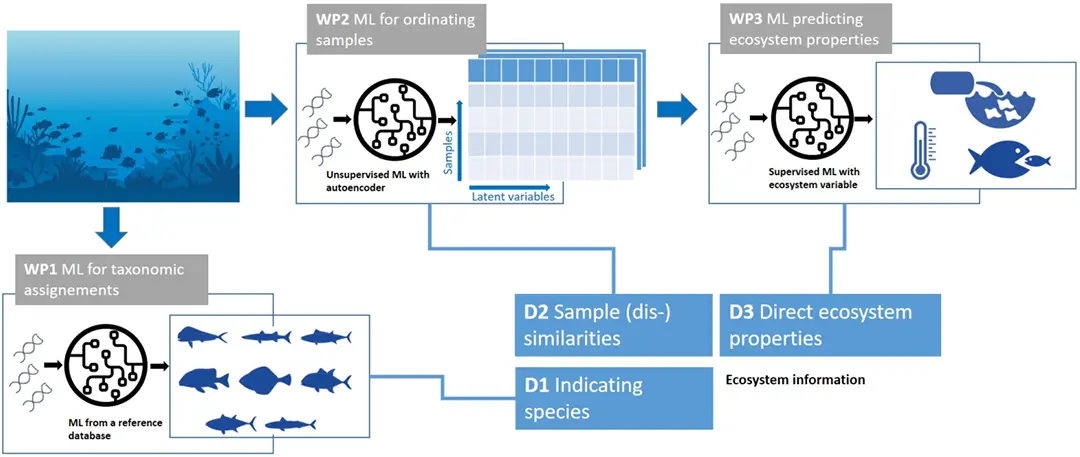
Impact
The methods and models developed in this project have highlighted how different sources of biological data can be effectively combined with machine learning to solve important problems in ecology. They have the potential to transform how eDNA data is parsed, processed and analyzed by ecologists and practitioners. This, in turn, affects the monitoring of environmental health - a crucial task considering the global biodiversity crisis.
Presentation
Gallery
Annexe
Additional resources
Bibliography
- Flück, B., Mathon, L., Manel, S., Valentini, A., Dejean, T., Albouy, C., ... & Pellissier, L. (2022). Applying convolutional neural networks to speed up environmental DNA annotation in a highly diverse ecosystem. Scientific Reports, 12(1), 10247. https://doi.org/10.1038/s41598-022-13412-w
- Cordier, T., Lanzén, A., Apothéloz-Perret-Gentil, L., Stoeck, T., & Pawlowski, J. (2019). Embracing environmental genomics and machine learning for routine biomonitoring. Trends in microbiology, 27(5), 387-397. https://doi.org/10.1016/j.tim.2018.10.012
- Gauch Jr, H. G. (1982). Noise reduction by eigenvector ordinations. Ecology, 63(6), 1643-1649. https://doi.org/10.2307/1940105
- Schroff, F., Kalenichenko, D., & Philbin, J. (2015). Facenet: A unified embedding for face recognition and clustering. In Proceedings of the IEEE conference on computer vision and pattern recognition (pp. 815-823). https://doi.org/10.1109/CVPR.2015.7298682
Publications
Related Pages
- Public source code for work package 1 (including guide for gradio app on renkulab.io): https://gitlab.renkulab.io/dnai/TAXDNA
- Public source code for work package 2: https://gitlab.renkulab.io/dnai/ordna
More projects
OneDoc 'Ask Doki'
SFOE Energy Dashboard
Enhancing resource efficiency
News
Latest news
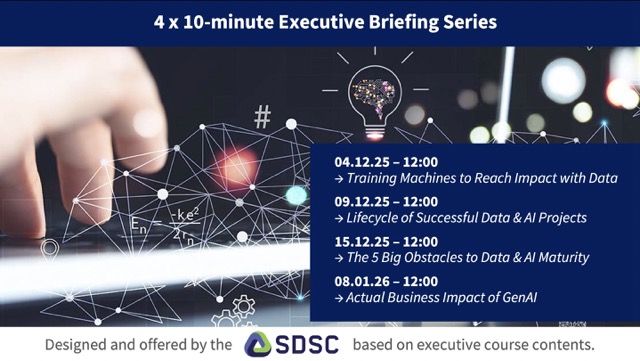

Data Science & AI Briefing Series for Executives
Data Science & AI Briefing Series for Executives


PAIRED-HYDRO | Increasing the Lifespan of Hydropower Turbines with Machine Learning
PAIRED-HYDRO | Increasing the Lifespan of Hydropower Turbines with Machine Learning
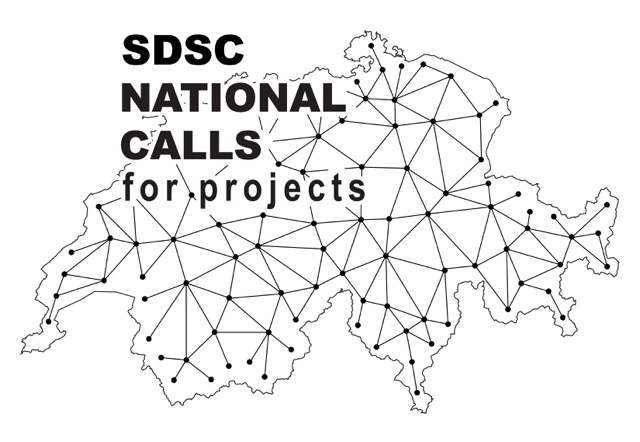

First National Calls: 50 selected projects to start in 2025
First National Calls: 50 selected projects to start in 2025
Contact us
Let’s talk Data Science
Do you need our services or expertise?
Contact us for your next Data Science project!


